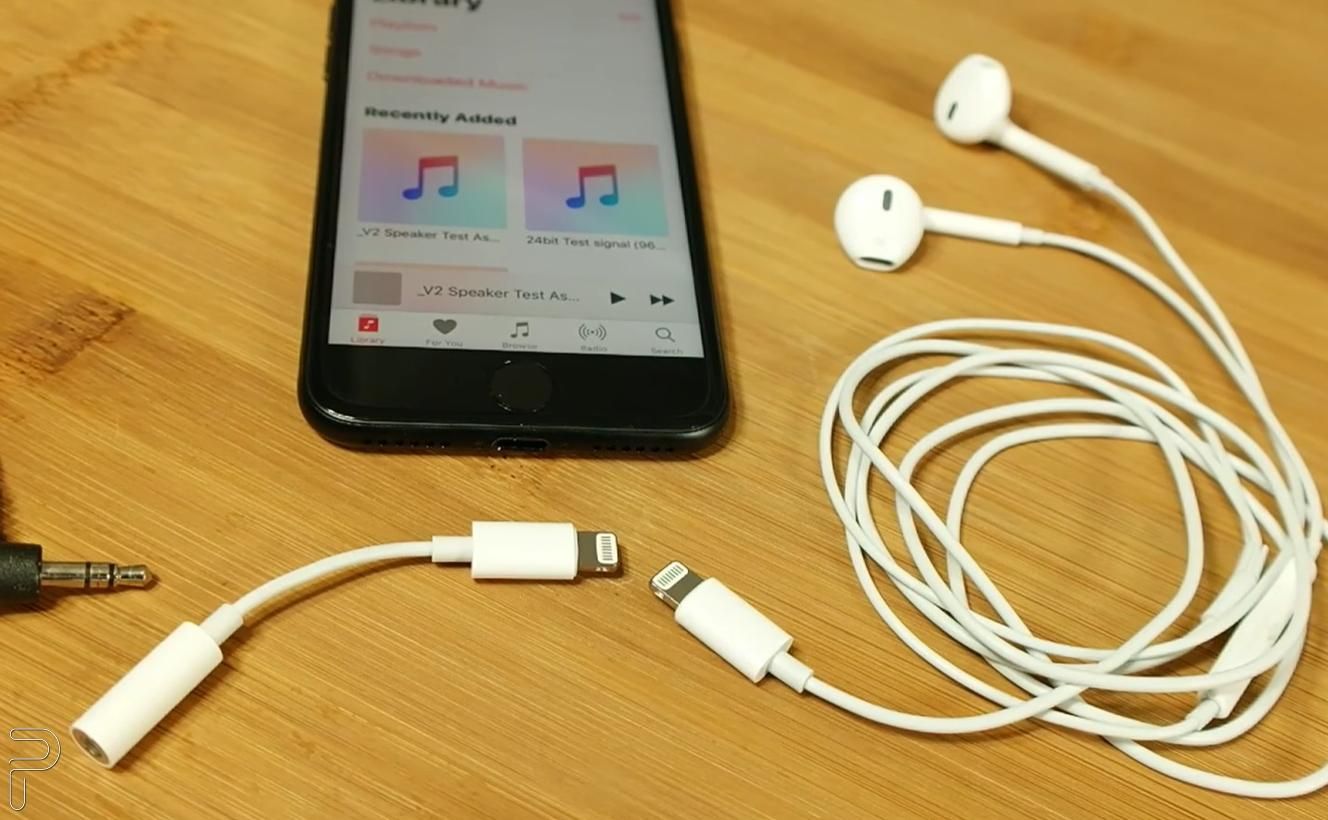Apple makes fantastic hardware – be it sleek laptops milled out of a solid aluminum block or phones that marry surgical-grade stainless steel with reinforced glass. Yes, they are pricey, but in the eyes of fanboys – and even naysayers, to a certain extent – they are worth the high asking price. But one product class in particular that has left a stain on Apple’s stellar reputation is its cables. They fray. They break. They even had a well-documented corrosion problem at one point. However, it appears that Apple might finally be looking to change a few things for good. At least on paper, that is!
Apple cables might not suffer an untimely death if the patent ideas are implemented
As per a patent filed before the USPTO, the company is exploring the concept of cables with variable stiffness across its longitudinal sections. First spotted by the folks over at Apple Insider, the patent talks about a design that aims to provide extra strain relief to the cable. Now, users have pointed out a diverse set of reasons as to why Apple cables take a trip to Belize in less than a year, but a lot of folks have suspected a poor stress relief design as the cause of their notorious failures.
Now, Apple’s patent doesn’t specifically mention the word ‘fraying’, nor does it admit to any failure on Apple’s part, but it does talk about implementations that can improve the quality of cables. The patent explores multiple ideas with varying stiffness for the materials, with one of them describing an idea where the cable strain relief is achieved without using an external relief or increased cable thickness.
Apple aims to improve the cable stress relief system without adding to the thickness
“It is well known that bending of the cable near the termination point may cause unwanted strain on the wire connections, which may lead to cable failure. Accordingly, it is common to provide a strain relief sleeve made of a stiff material around the end region of the cable. The stiff material creates a localized increase in the bending resistance of the cable, thereby relieving strain on the wire connections,” says the patent description.
However, this is a patent application with a broad range of ideas to test and experiment with, and it is also quite likely that none of them might turn out to be efficient or practical enough at the end of the day. What this means is don’t expect Apple to launch a ‘revolutionary new cable’ with sky-high durability and longevity, but it is definitely a sign of good things to come if the company is indeed worried about the unpleasant reputation of its cable. Until then, you should probably stick with the likes of Anker, whose cables cost lesser and last longer.



